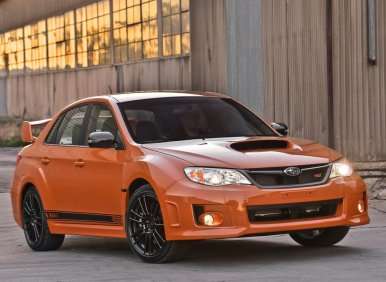Recent Articles
Popular Makes
Body Types
FWD vs. RWD vs. AWD — What’s Right For You?
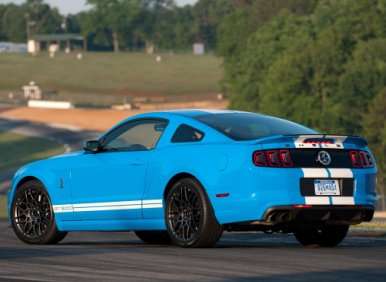
When it comes to the question of rear-wheel drive as opposed to front-wheel drive as opposed to all-wheel drive for passenger automobiles, the answer to the question is a resounding — “It depends.”
Of late, there has been a rear-drive renaissance, particularly among performance-oriented cars. One school of thought goes rear-drive provides better handling because the rear wheels propel the car and the front wheels steer the car. This gives a better division of duties as compared to a front-drive car where the front wheels are tasked with both propelling the car and steering the car, causing them to be sometimes overwhelmed.
Well, yes — and no. We’ll explain a bit later.
Meanwhile all-wheel drive would seem to be the best solution of all since it delivers the best of both worlds.
Well again, yes — and no.
FWD vs. RWD vs. AWD: Front-wheel drive
The dominance of front-wheel drive came about largely as the price of fuel escalated, leading to a demand for more efficiency and better fuel economy. Cars had to get smaller so they could use less fuel, however consumers were loath to sacrifice spaciousness, so auto designers came up with the compact front-wheel drive powertrain.
In this configuration, the engine is typically mounted sideways in the engine bay, making the nose of the car shorter, which means the passenger compartment can be bigger. The drive axles and transmission are typically combined into one unit called a transaxle, which also resides in the engine bay, very close to the engine.
This layout concentrates the majority of moving parts all together in one place, freeing up the rest of the vehicle to accommodate passengers and cargo. Because there is no need to route drive power to the rear wheels, there is no transmission tunnel (or hump) in the floor of the passenger compartment. This permits more of the floor to be given over to passenger comfort.
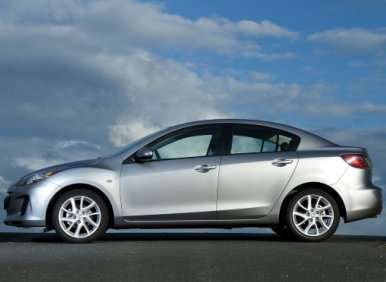
FWD vs. RWD vs. AWD: Rear-wheel drive
In a typical rear-wheel drive configuration (with the exception of mid- and rear- engine layouts), the engine is mounted in the front of the car, the transmission is fitted directly inline behind the engine, a driveshaft runs from the transmission to a rear axle, which in turn (so to speak) rotates the drive wheels.
It’s a more complex system, but it’s also more robust.
Dividing power transfer duties among the transmission, driveshaft and an axle enables each of those components to be designed to handle greater loads. Thus, your truly powerful cars (400 horsepower or greater) are typically either rear- or rear-biased all-wheel drive. The robustness of the rear-drive powertrain configuration lends itself more readily to the reliable conduction of that kind of power.
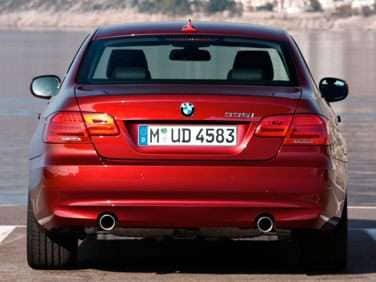
FWD vs. RWD vs. AWD: All-wheel drive
In an all-wheel drive system, the output of the engine is routed to all four wheels. In a front engine configuration, the method by which this is accomplished depends upon the type of drivetrain system it’s based on.
If it is a system biased toward front-drive, a transaxle is employed along with a prop shaft feeding the rear wheels. In a rear-drive dominant system, a secondary prop shaft usually runs forward from the center-mounted transmission to feed the front wheels.
Either way, as you can imagine, this is the most complex arrangement of all. It combines the mechanical aspects of both front- and rear- drive configurations. However, the payoff for this increased complexity is superior traction in almost any given situation.
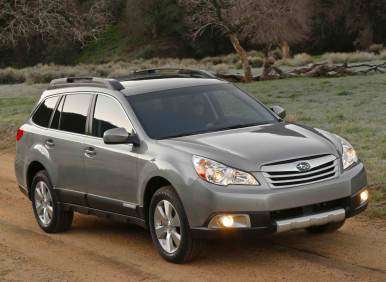
FWD vs. RWD vs. AWD: Other Considerations
Front-drive cars often understeer because the front wheels are being asked to both propel the car and steer the car. Also in higher-powered applications, torque steer can be an issue with front-wheel drive because the application of excessive power tends to make the front wheels want to change direction.
Rear-drive systems can be tricky to control on wet surfaces. Further, they eat into a lot of space that could be given over to passengers and cargo. They also tend to be heavier than front-drive systems, so fuel economy can be an issue too.
The primary drawback to all-wheel drive is weight. You’re basically fitting a drive system and a half to the car, so it’s going to weigh more. That extra hardware makes all-wheel drive cost more too.
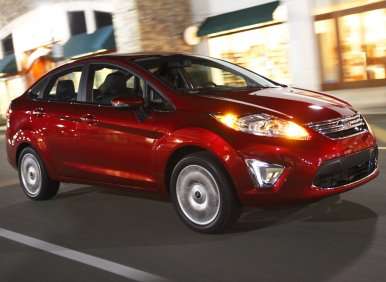
FWD vs. RWD vs. AWD: Which Is Best?
If maximum space efficiency is what you’re after, along with superior fuel economy and arguably better traction on less than optimal road surfaces, front-wheel drive is the way to go. The system is lighter and more compact. Additionally, the engine and drivetrain are all concentrated over the driven wheels of the car, so that weight helps the car achieve better traction.
If maximum power, outstanding road feel and the ability to control the rear end of the car with the throttle are what you’re after, rear-drive is what you’re looking for. Also, it’s easier to transfer huge power to the rear wheels reliably because the RWD system can be more readily designed to deal with higher loads. Further, since the front wheels are freed of the need to propel the car, they can deliver better steering feel, which in the minds of many enthusiasts translates to more accuracy and quicker response.
If the need to get as much power to the ground in any given circumstance is your preference, then you’ll favor all wheel drive. In addition to serving a driver well in slippery conditions, this also presents an advantage in cornering on dry pavement. The all-wheel drive powertrain permits a driver to get on the throttle sooner coming out of corners, and in some cases stay on the throttle all the way through a corner as well. This is why Audi’s Quattro all-wheel drive cars tend to dominate racing.
Bottom line, each layout has advantages and disadvantages.
The best choice is largely predicated by where you live, how you like to drive, and what you’re looking to your car to do.
